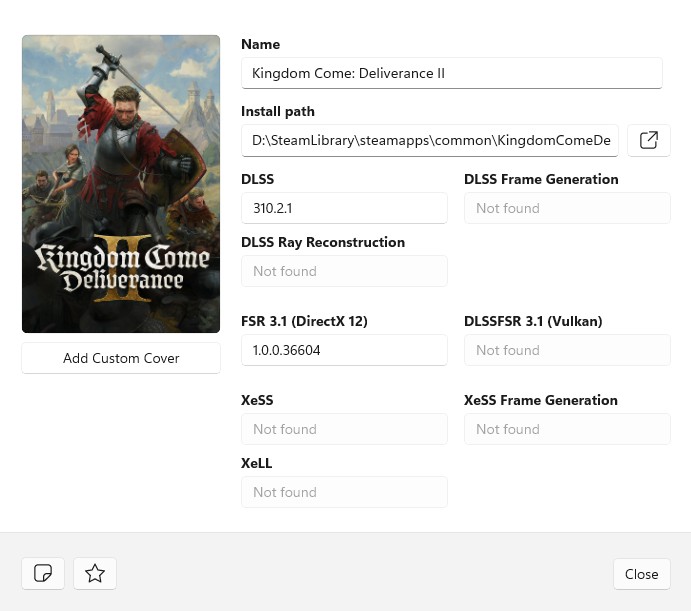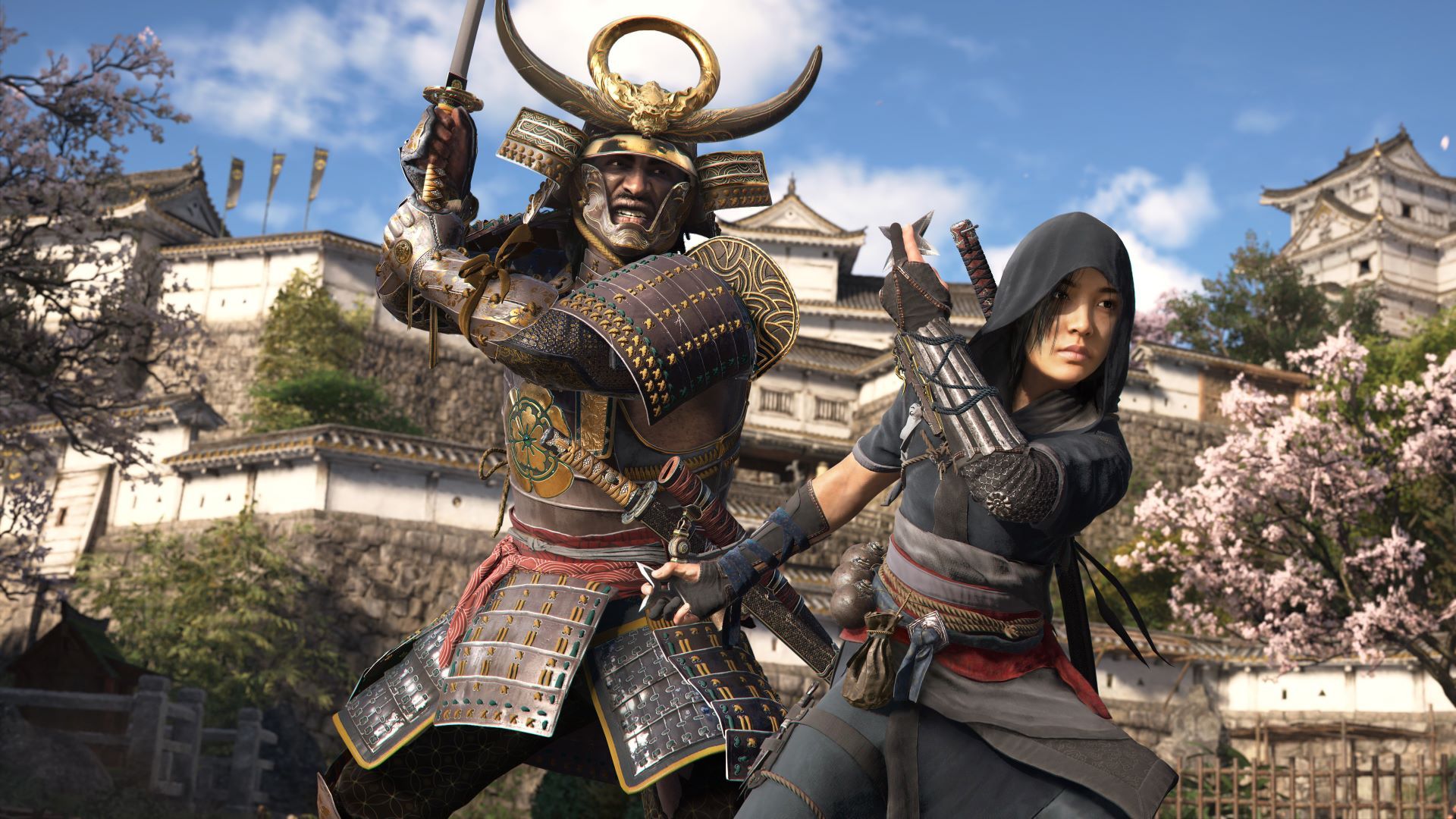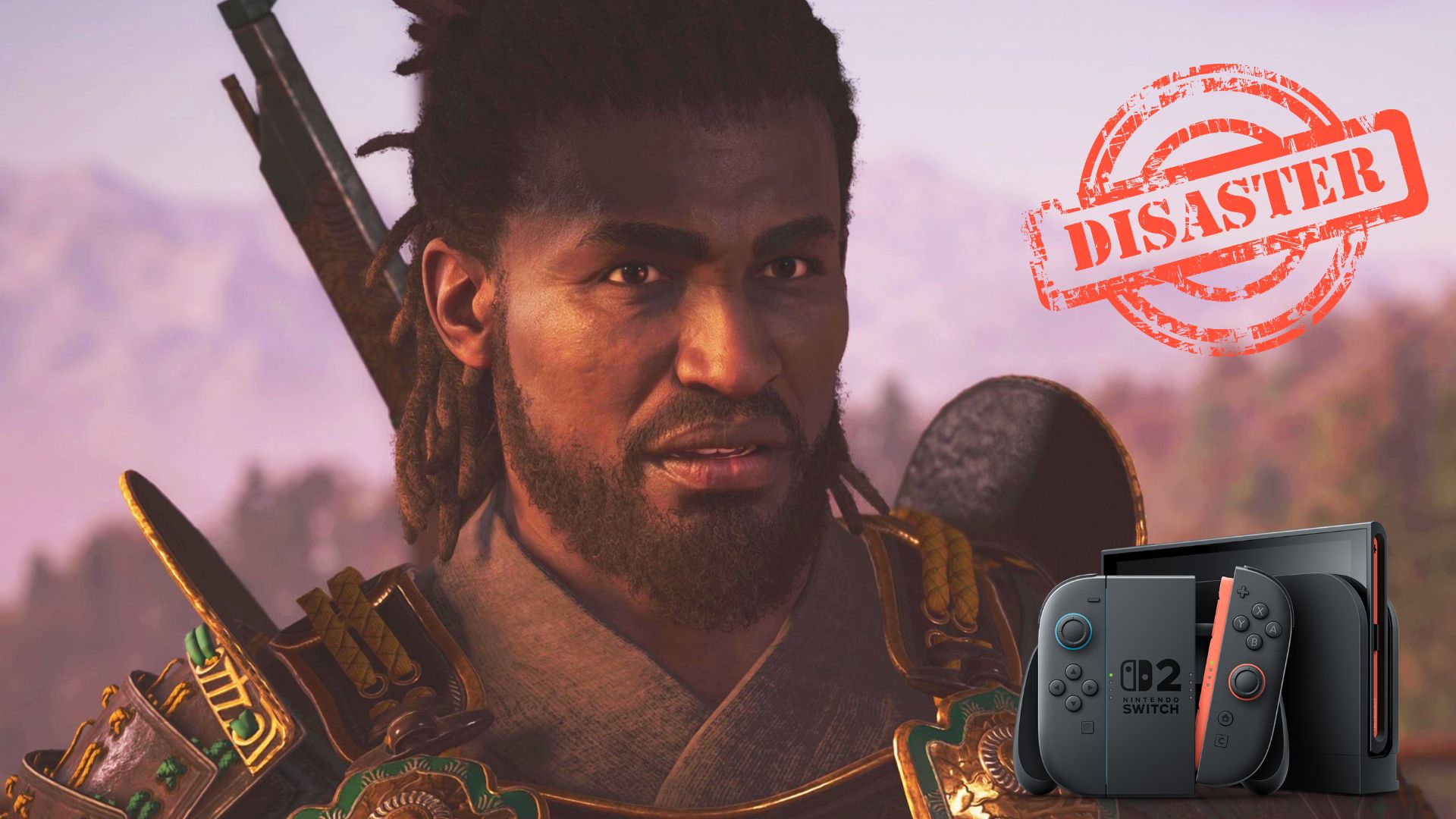- The new transformer DLSS model offers major visual upgrades over the older CNN version.
- It fixes image softening and issues like trailing and hair dithering in games such as Red Dead Redemption 2 and God of War.
- Though imperfect, it’s a big step forward for Nvidia’s upscaling tech.
DLSS 4 brought features like transformer-based super resolution and multi-frame gen. While the latter technology is exclusive to the Blackwell lineup, all RTX owners can enable the new transformer DLSS model.
The latest DLSS iteration delivers a major visual upgrade, with a new comparison video showing how it resolves key issues in older titles that previously relied on CNN-based upscaling.
Why it matters: Modern video games heavily rely on upscaling, which brings its fair share of visual problems. However, the new transformer-based DLSS technology minimizes these problems the best.
A new video by Digital Foundry highlights significant visual improvements brought by the Transformer DLSS model in games that previously used the CNN-based version.
In titles like God of War and Red Dead Redemption 2, the Transformer DLSS significantly reduces artifacts and motion trails on specific objects, marking a clear improvement over CNN-based upscaling.
Testing in Red Dead Redemption 2 also confirms that hair dithering is now completely fixed. While the CNN model often produced noisy, messy hair visuals, the Transformer DLSS cleans it up remarkably well—benefiting almost every game where hair rendering was an issue.

In Death Stranding: Director’s Cut, the new model enhances overall visual clarity with more detail and less softness. However, it struggles with more minor particle effects like rain hitting the character, sometimes removing them entirely.
Forza Horizon 5 also sees a boost in overall image quality, but the wire artifact issue remains unresolved, still looking rough and distracting.
More titles were tested, and despite its slight performance hit, the new Transformer DLSS model consistently delivered visual improvements.
Still, the transformer DLSS model fell short in some aspects, mostly due to the inherent problems that come with upscaling. Regardless, the newest DLSS architecture holds a lot of potential, so expect more advancements in the future.
Have you tried the new transformer model DLSS on older titles? Let us know in the comments below or join the discussion at the official Tech4Gamers Forums.
Thank you! Please share your positive feedback. 🔋
How could we improve this post? Please Help us. 😔
[Staff Writer]
Shaheer is currently pursuing a Business degree while also working as a part-time Content Writer. With his deep passion for both writing and video games, he has seamlessly transitioned into a role as a Journalist. Over the past two years, Shaheer has contributed as a freelancer to various websites and landed positions on acclaimed platforms like Gamerant. Currently, his role at Tech4gamers is as a Features Writer, but he also covers News occasionally. Shaheer’s favorite gaming franchises are Assassin’s Creed and the God of War series.
Get In Touch: shaheerzahid03@gmail.com


 Threads
Threads

